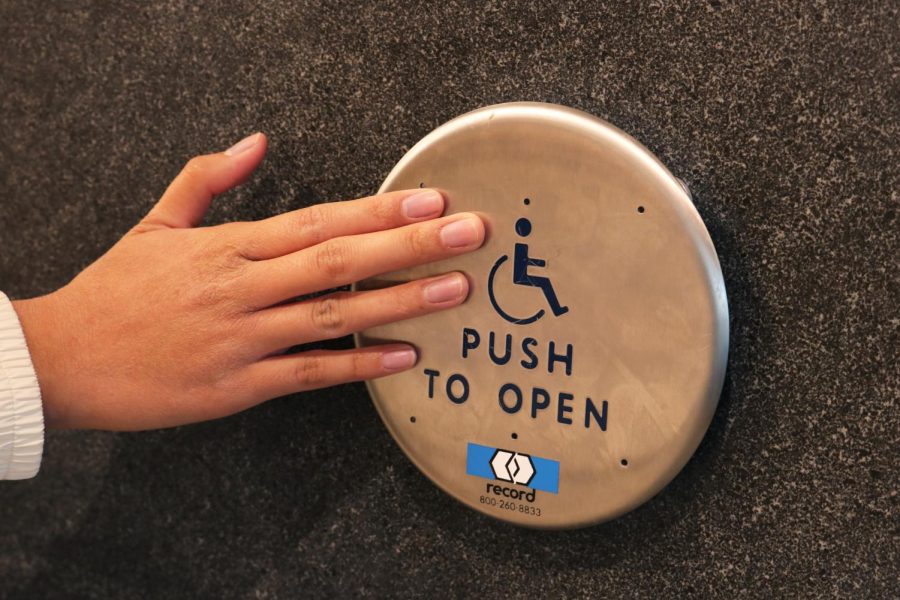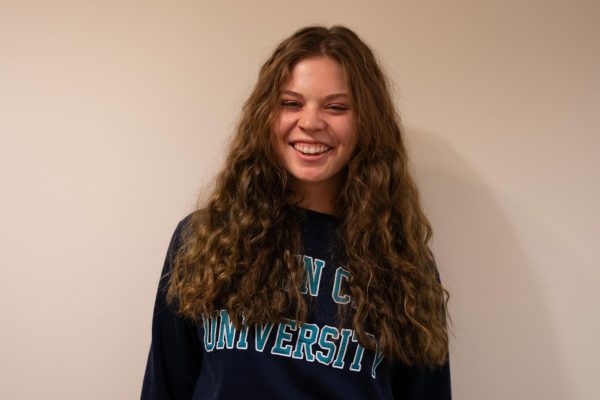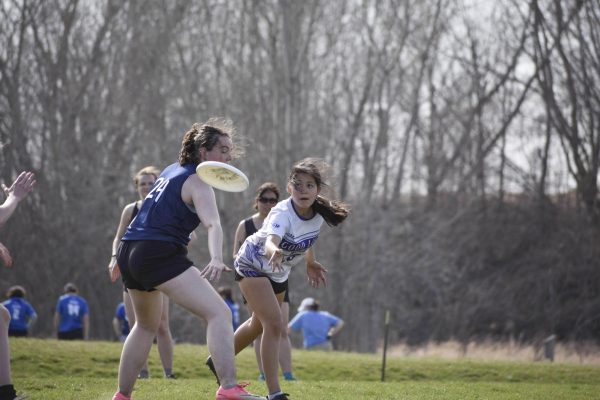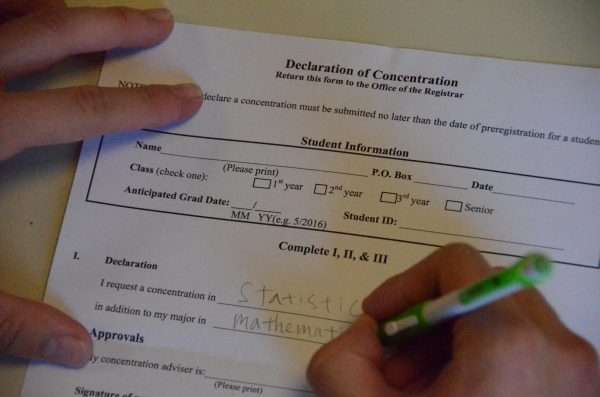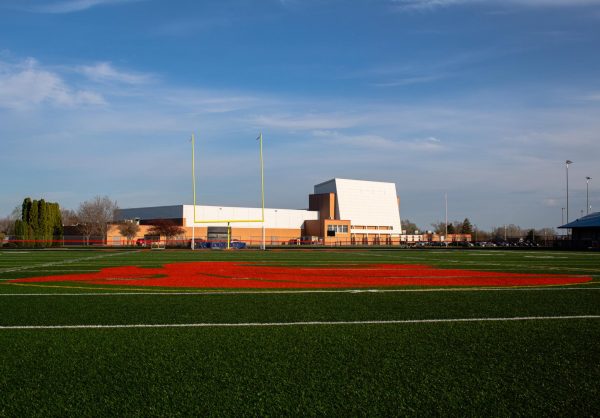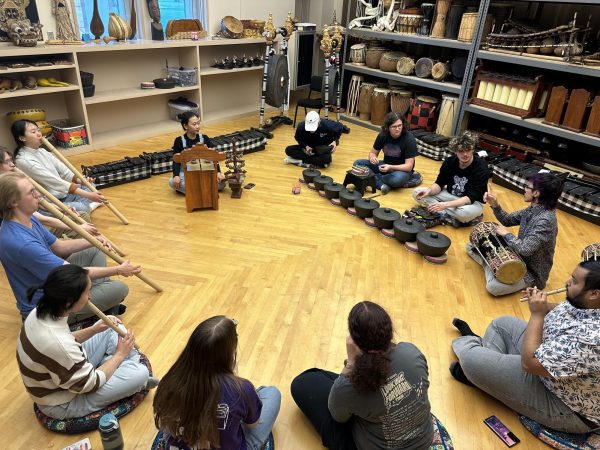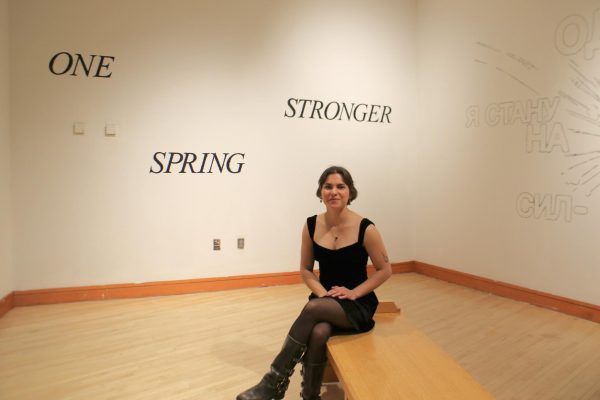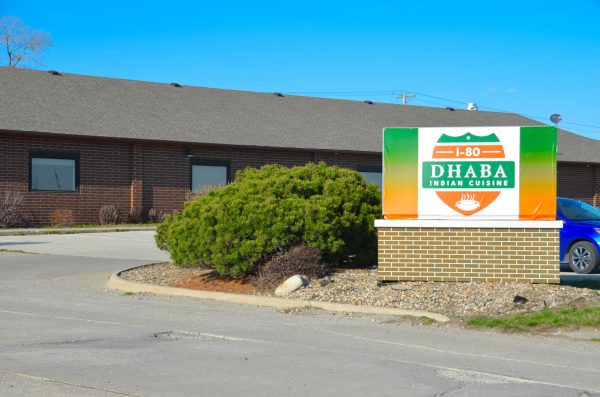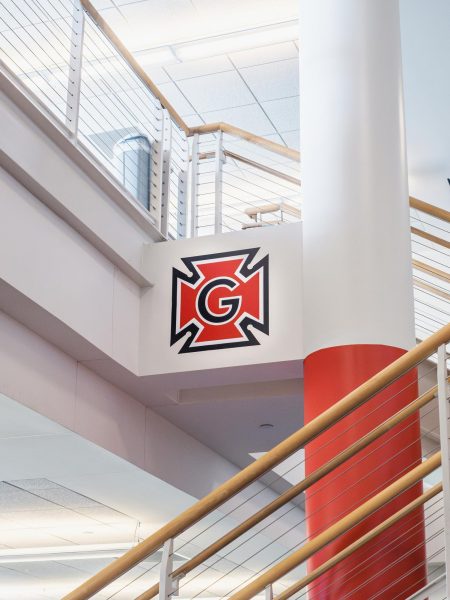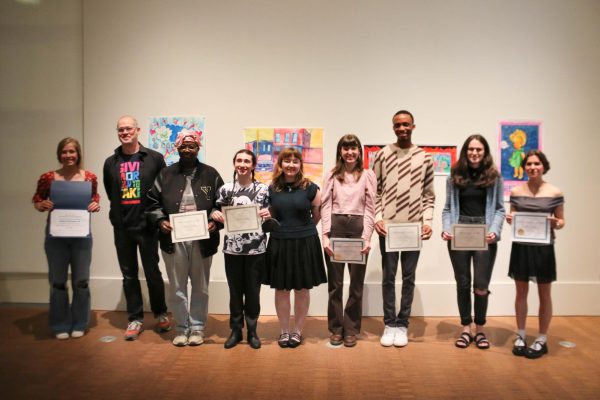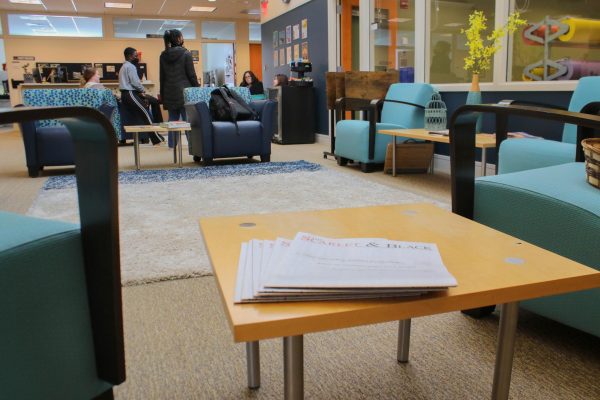“On the backs of vulnerable students:” Accessibility concerns on campus
Disability Resources is working to make sure campus is accessible.
November 14, 2022
Last May, when Hemlock Envy `25 learned he would be living in Farm House for the fall semester, he sent an email to the Office of Disability Resources with concerns about the accessible entrance to the house. While the door in the back is situated at the top of a ramp, there is no scanner for Pioneer One-Cards, no automatic door mechanism and no way to open it from the outside. Two doctor’s notes, several emails and six months later, every time Envy needs to use the ramp to get into his residence, he said he must enlist the help of a friend to open the door from the inside.
“I still have no idea when I will be able to use the door,” he said.
The back door to Farm House is one of several entryways around campus that lack or have broken automatic door buttons. The loggia doors outside of Cleveland Hall and Kershaw do not have automatic buttons. Envy says that the buttons regularly need repairs.
Environmental and Safety Coordinator Chris Bair said that facilities management (FM) has been made aware of these problems, and the timeline for attending to them depends on the nature of the issue. Ideally, Bair said, if a button is broken, it can be fixed with parts on hand. In other cases, however, new parts or entirely new automatic door systems may need to be ordered and installed.
Pioneer One-Card scanners and automatic door systems come from two separate vendors, according to Bair. When both need to be added to a door, as is the case at Farm House, the process takes longer. Supply chain delays have added additional time to these requests.
“FM is certainly aware of those [the entrances without door buttons]. We contacted the vendor and we will get those installed as soon as we can,” said Bair.
Associate Chief Diversity Officer for Disability Resources Autumn Wilke, said that accessibility needs are determined in two ways.
First, FM and Disability Resources work together to identify areas in need of improvement in terms of general accessibility, noting both small repairs and larger projects. These areas are determined through a combination of building audits and suggestions from students who work with Disability Resources.
A group of students who work under Disability Resources, called “User Experts,” are also often involved in this process. According to User Expert and Vice President of the Grinnell Disability Alliance Ela Chintagunta `25, the purpose of the group is to “audit spaces and try to figure out things that are potentially wrong with accessibility, and we include those in reports.”
Second, cases are evaluated individually. Students are often pre-placed in rooms meeting their specific needs, said Wilke.
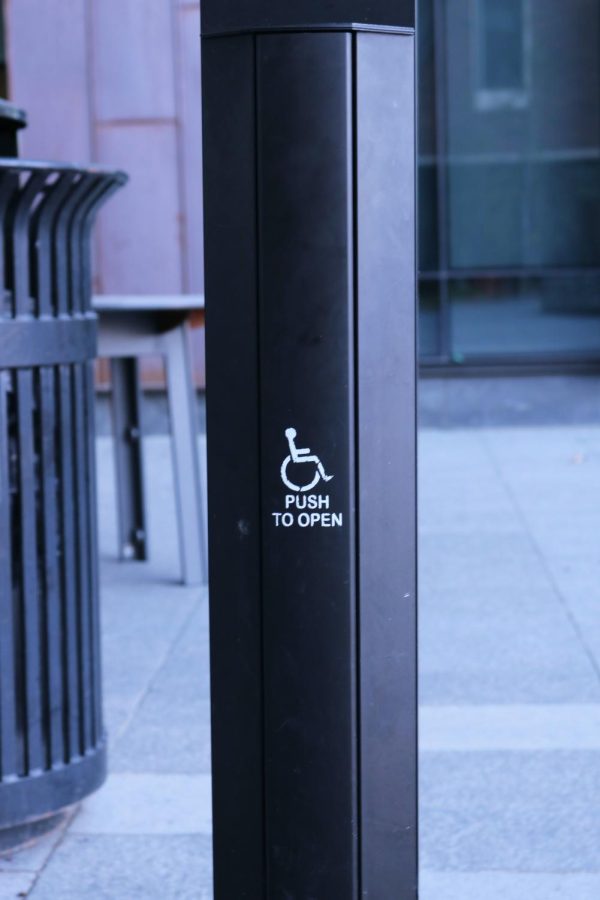
If accommodations are approved after room draw or in the middle of the year, Wilke said that new accessible infrastructure can be installed. Wilke wrote in an email to the S&B, “Disability Resources can work one on one with students to determine interim accommodation which may include moving the location of classes, offering alternative housing arrangements, etc.”
Envy said that Wilke offered him the option to move twice. He responded to this offer by saying, “It is insulting because this institution has all of the resources to make Farm House more accessible. They just chose not to prioritize the funds and systems that would do so.”
Chintagunta said that the process to get infrastructure change around campus requires persistence. She has been trying to get an automatic door button on the loggia door in front of Kershaw since she got to Grinnell last year.
“Ultimately, things will get done if you push hard enough, if enough people talk about the issue, if it becomes a big enough deal,” said Chintagunta. “But to get to that point, you have to talk about it with a lot of people.”
She also discussed a lack of transparency within the repair system, saying, “It would be nice to know the status of things. If I fill out one of those work order forms, will it happen? When will it happen? What is the progress on those things? Because sometimes that gets lost.”
Functioning automatic door mechanisms are not the only factor that goes into creating an accessible campus. Envy said that doors in the Humanities and Social Studies Center close far too quickly. The accessible entrance to Student Health and Wellness is locked and requires a phone call inside to open. Envy said that the process of noting these issues and reporting them to the College has been difficult.
“The avenues in which to go about making things accessible is also inaccessible, and very time-consuming and very emotionally exhausting to engage with,” said Envy. “Sometimes it’s just easier to figure out your own way to do things.”
Looking forward, Disability Resources has been involved in the renovation and/or building of structures on campus to ensure they are accessible, including the new Community Engagement Quad going up downtown. A third-party consultant, the Institute for Human Centered Design, is also consulting on the project.
“Attention to a wide range of accessibility features is considered during the planning, design, and building phases of new construction,” Wilke wrote.
“I just want to stress that it’s a community issue,” said Envy. “All of the labor in order to solve these issues is on the backs of very vulnerable students who are trying to deal with it.”




























































